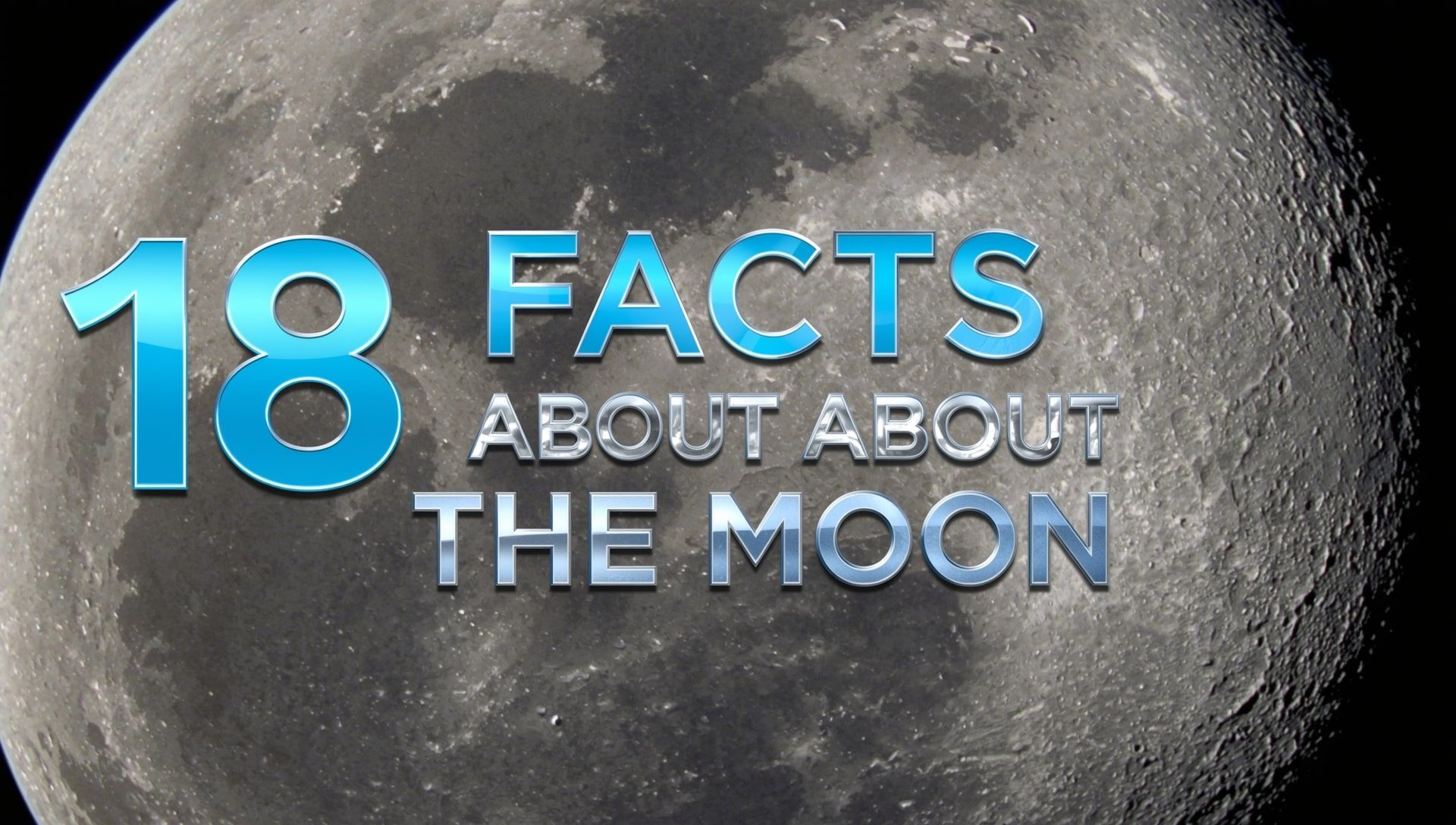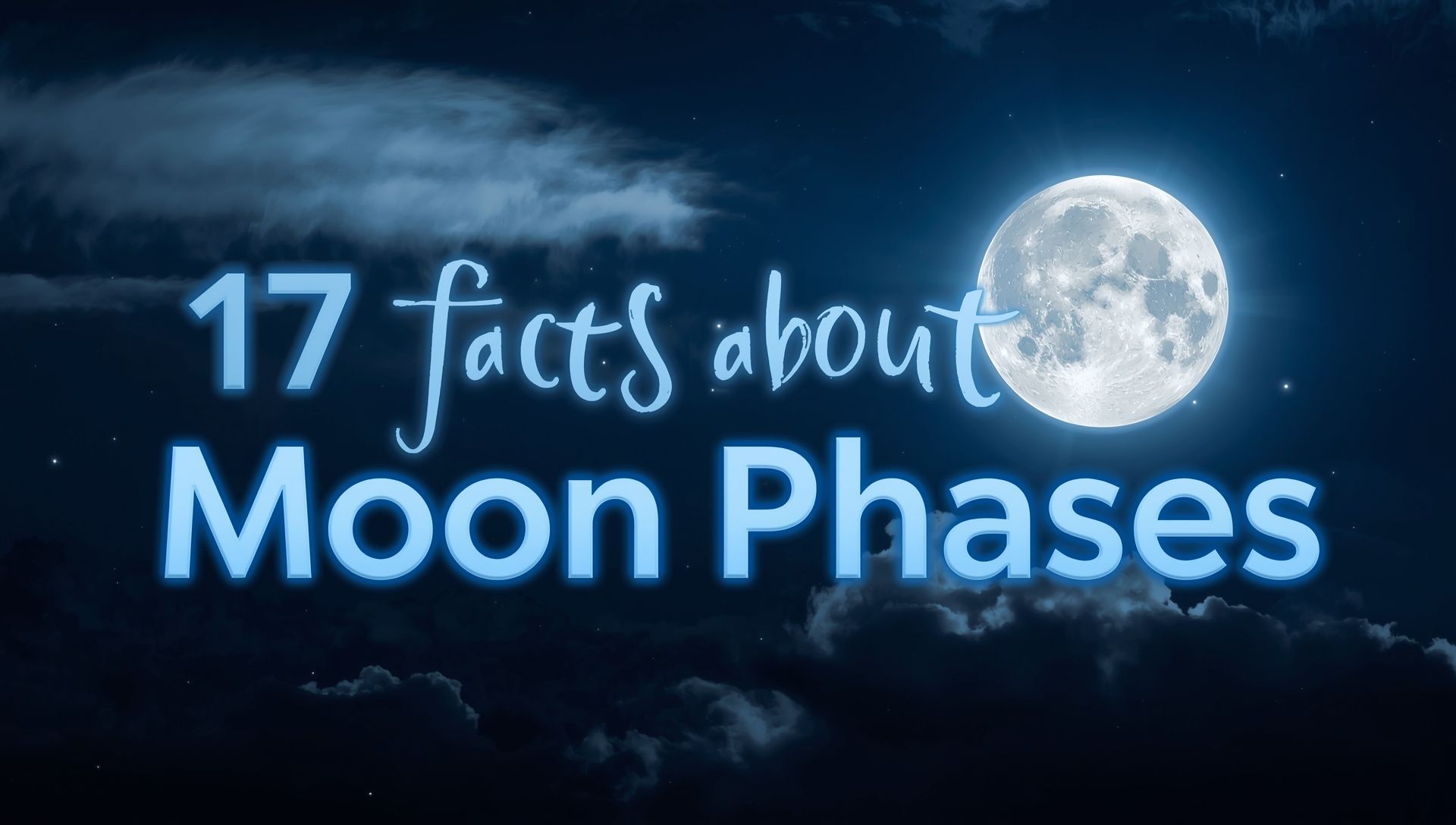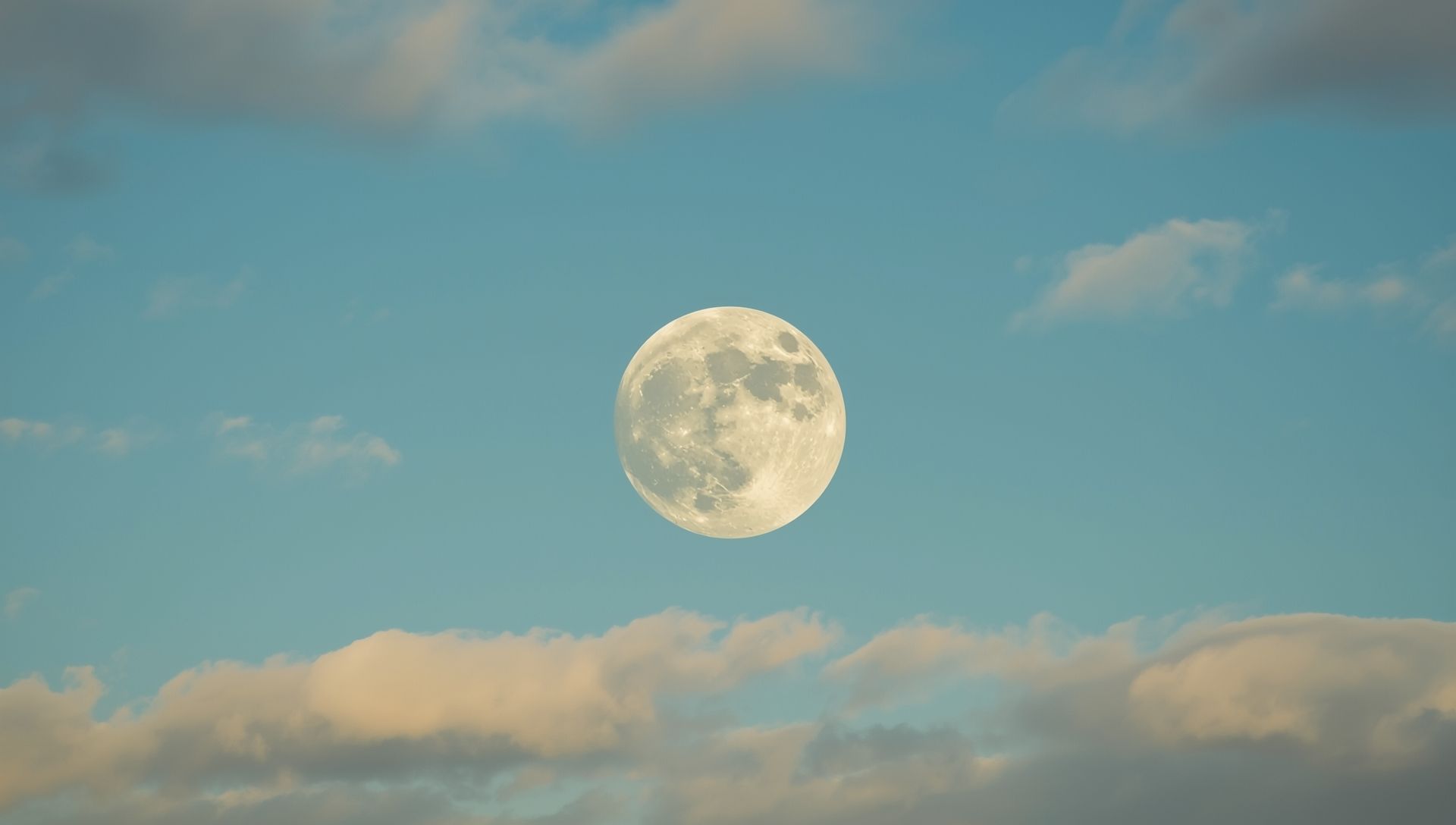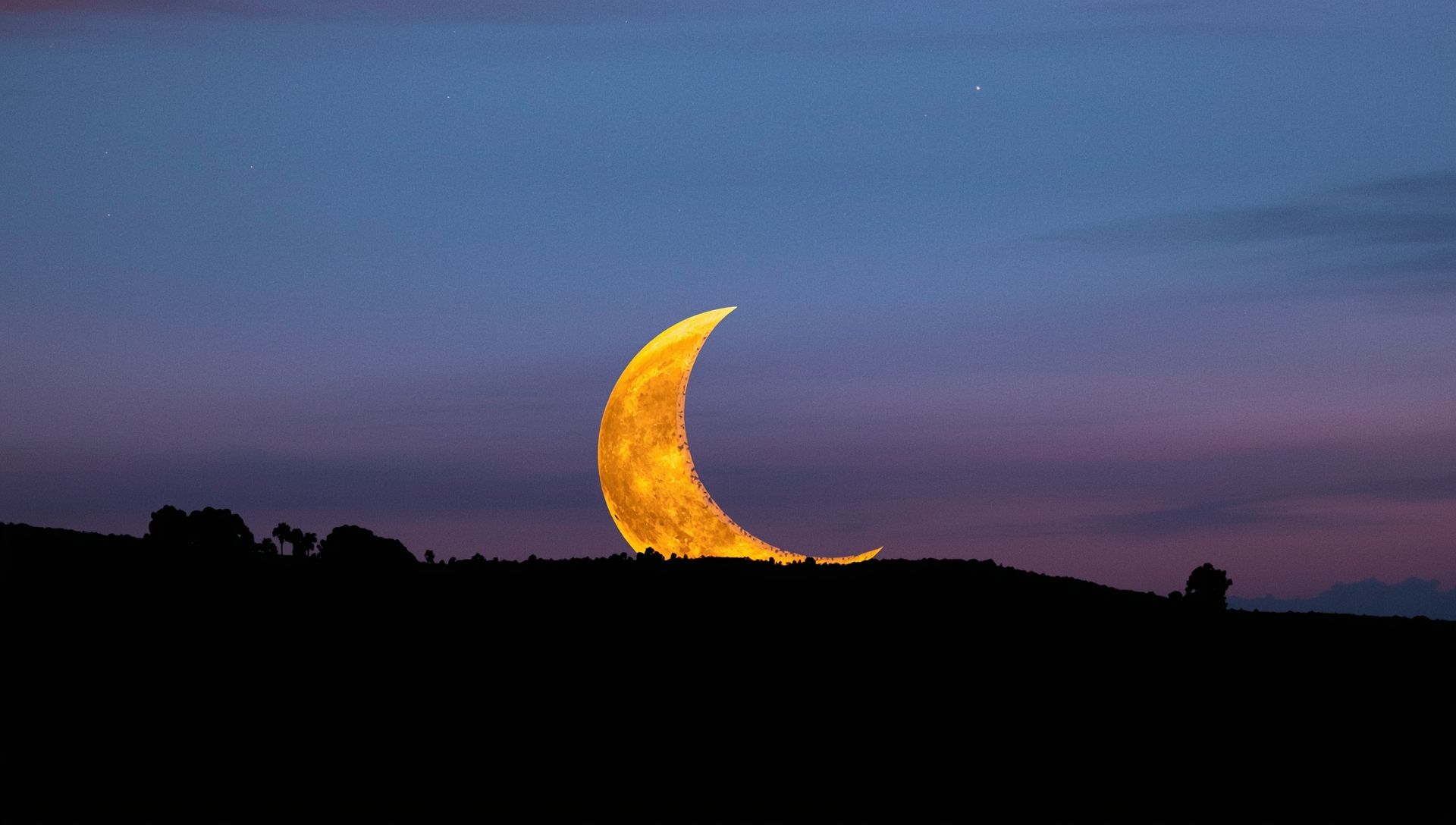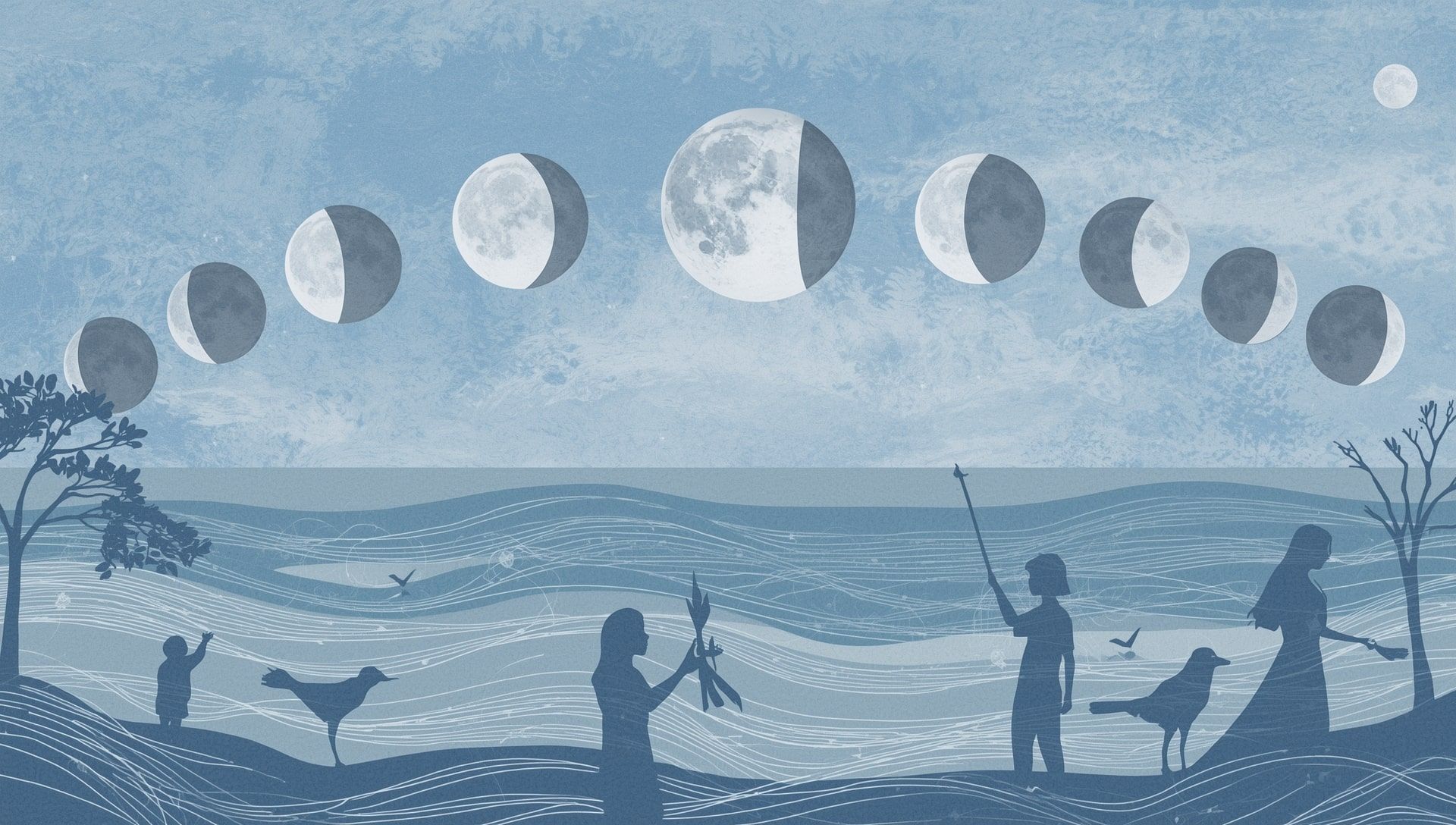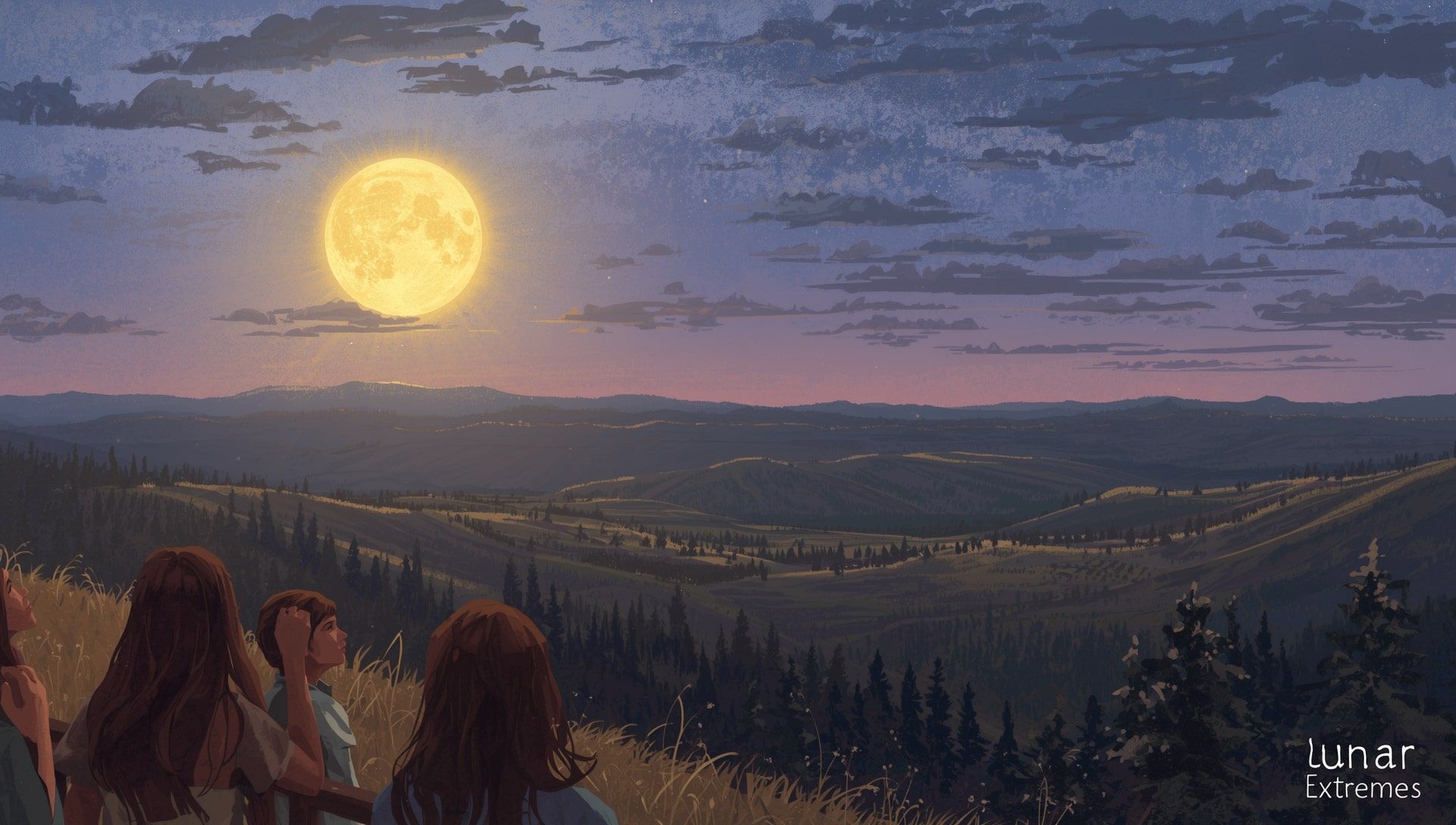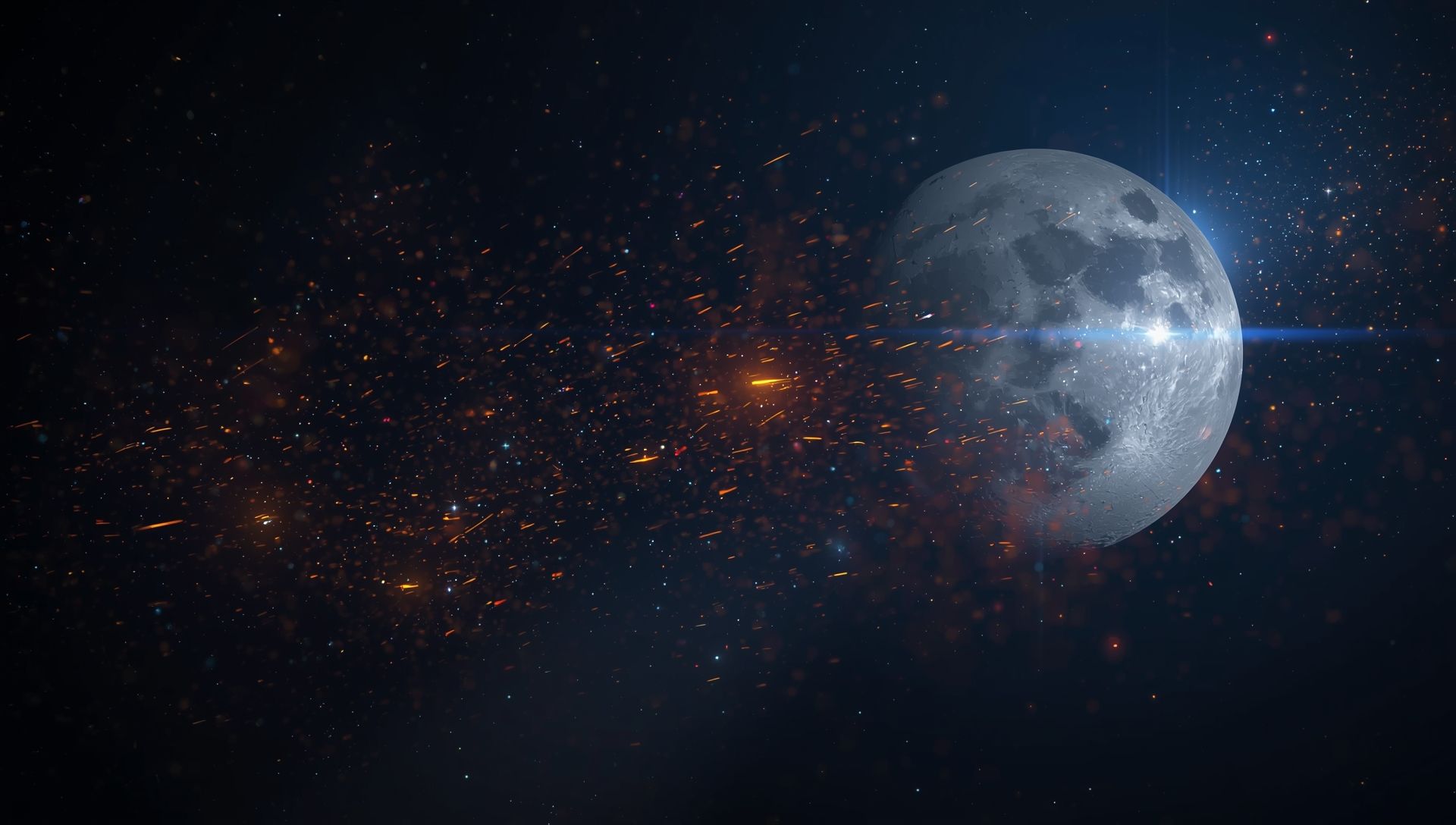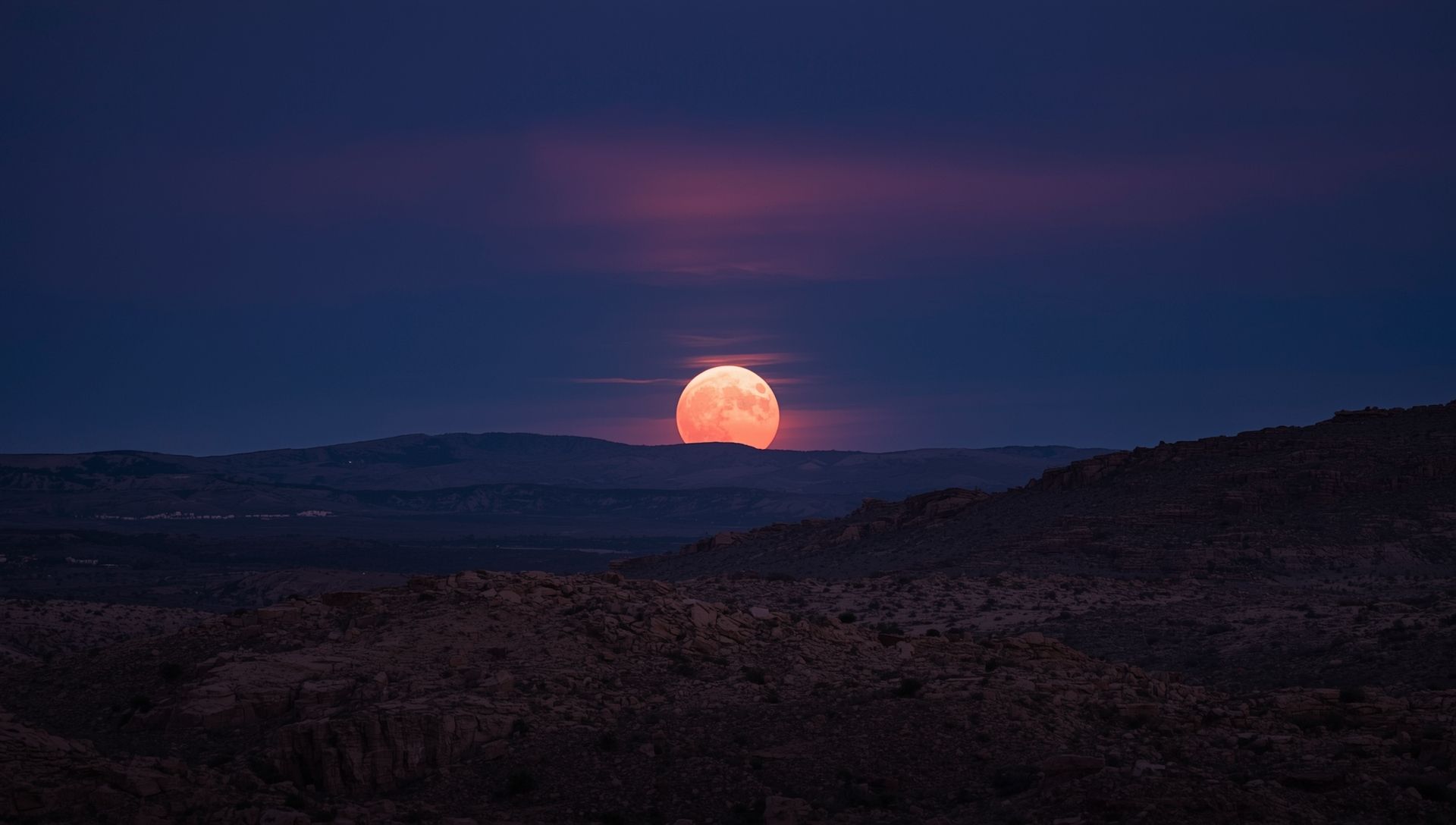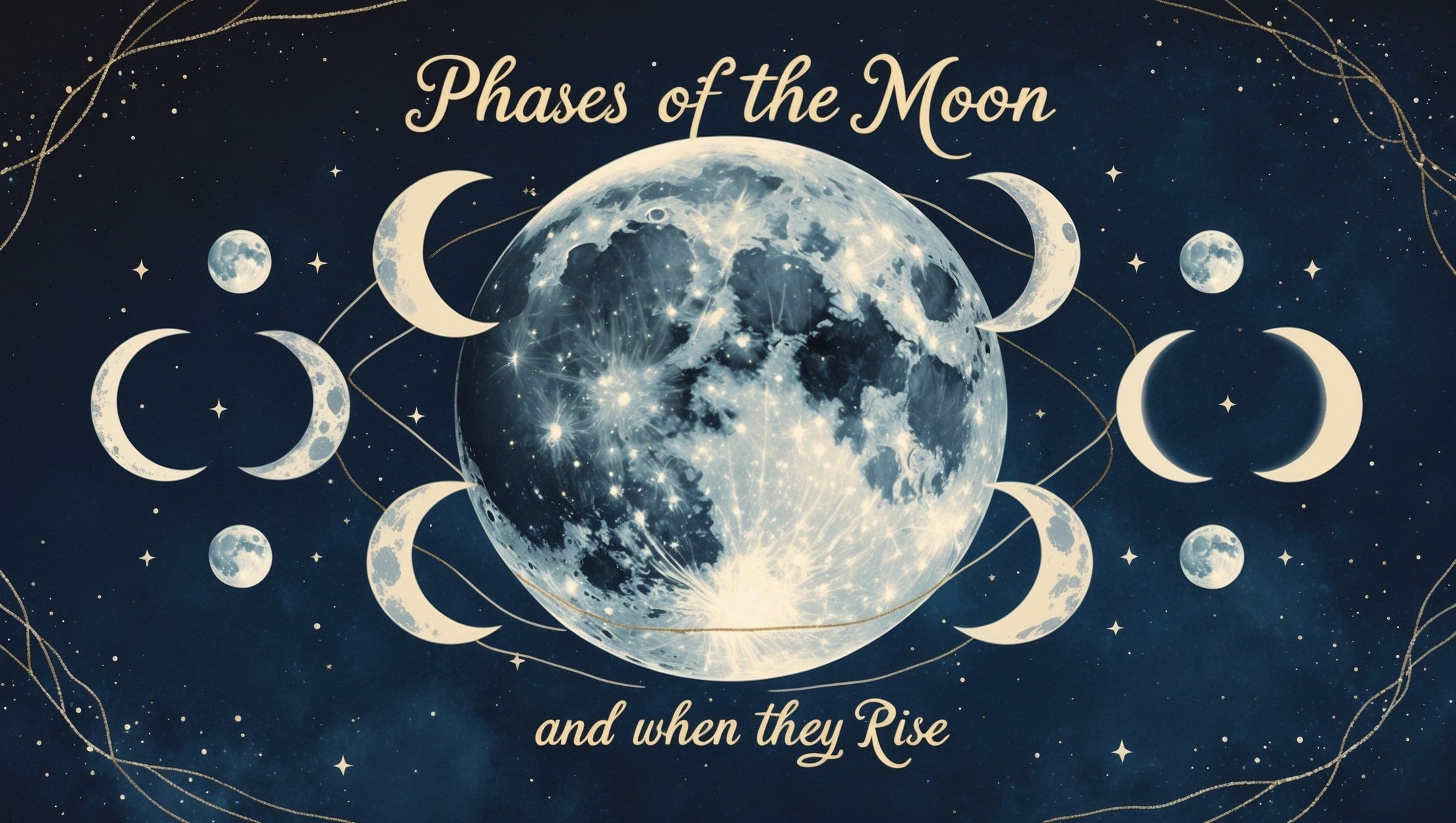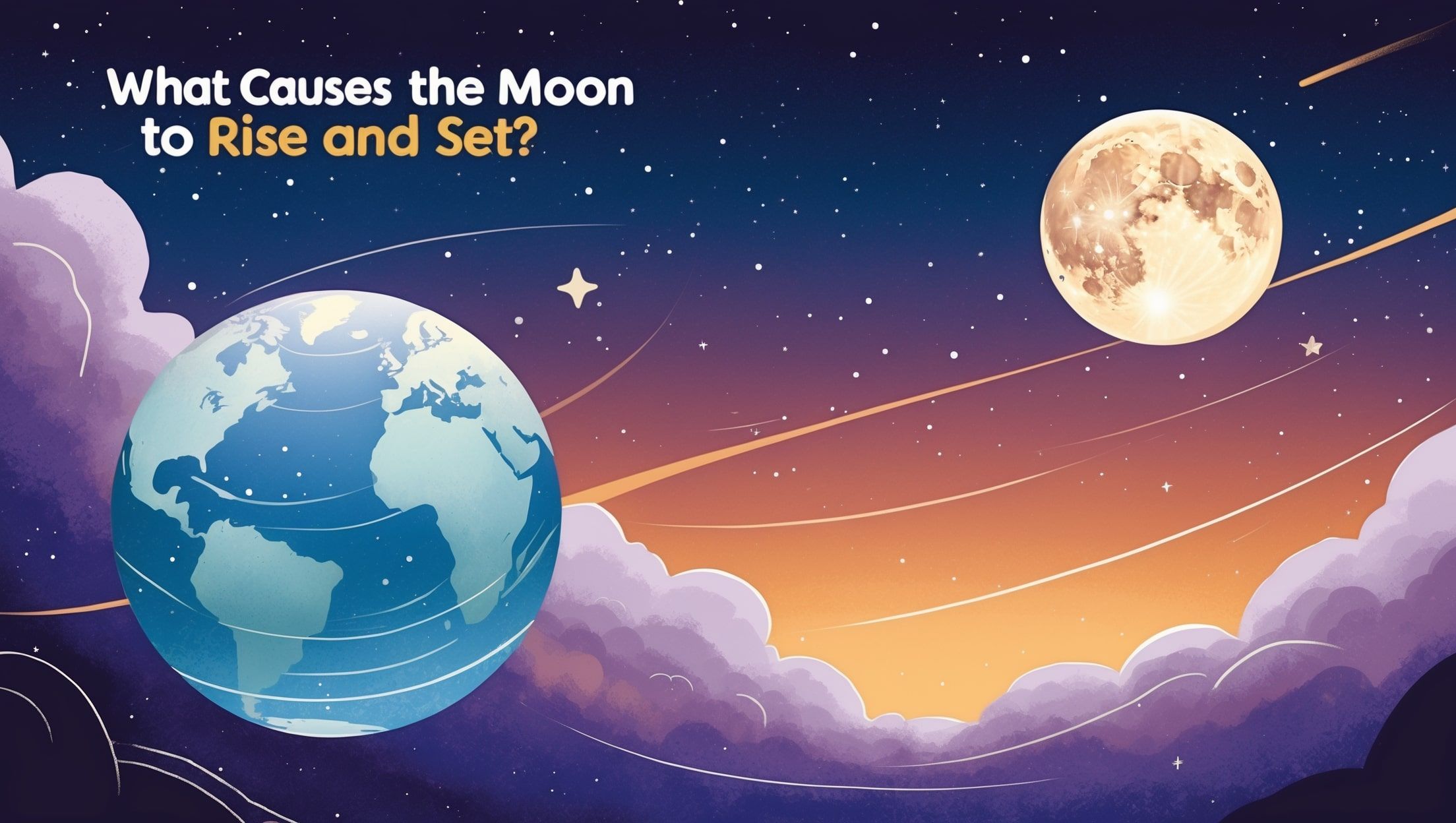The Moon has quietly shaped human history. From guiding farmers to inspiring poets, it hangs above us as a constant reminder that nature keeps perfect time. Yet for all its beauty, our nearest celestial neighbor holds countless mysteries. Its light touches every ocean, every field, and every sleeping person on Earth. Before we go deeper, take a moment to imagine that glow above your head tonight, it is the same light seen by every generation before you.
1. The Moon and the Daylight Mystery
Have you ever noticed the Moon shining even when the Sun is up? It is not rare, it happens almost every month. The daytime appearance occurs when sunlight hits the Moon at the right angle to make it visible against the blue sky. It is a simple yet breathtaking reminder that the Moon is always there, quietly following its path while the world turns below.
2. Why the Moon Looks Bigger Near the Horizon
When you see a huge orange Moon rising, it feels close enough to touch. This is not due to distance, it is an illusion. The human brain compares the Moon to trees and buildings near the horizon, making it appear enormous. Scientists call this the Moon illusion. Next time you notice it, try covering the Moon with your thumb, it suddenly looks normal again.
3. How the Moon Pulls at Earth’s Oceans
Every high and low tide owes its rhythm to the Moon. Its gravitational pull stretches the oceans, creating predictable movements that shape coastal life. If you want to understand this delicate relationship, see how lunar phases affect tides and living patterns. Many creatures, from coral to fish, spawn or migrate according to this ancient schedule.
4. The Phases That Tell Time
The Moon’s changing shape is more than a visual cycle, it is a clock. Each phase, from new to full, signals the passage of roughly 29.5 days. In ancient times, people used this to plan planting and harvests. Learn how each phase rises and sets differently in moonrise and set charts that mirror the world’s earliest calendars.
- The Moon’s cycle lasts about 29.5 days.
- It affects ocean tides across the globe.
- Ancient people tracked time by its shape.
- Each phase has unique rise and set times.
5. Predicting Moonset Without Technology
Before smartphones, sailors could predict moonset using only their eyes and instincts. They studied phase, position, and shadow. With a few simple observations, anyone can still do it today. You can learn how to predict moonset without a calculator by paying attention to light, time, and direction. The same techniques once guided explorers across oceans.
6. The Moon and Changing Weather
Some researchers suggest that lunar brightness and gravity may subtly influence temperature or rainfall. While it is not an exact science, patterns between full Moons and mild weather shifts have been noted. You can test the theory yourself by watching lunar cycles alongside local weather updates to see if the patterns align.
7. Time Zones, the Sky, and You
The reason your friend across the globe sees the Moon at a different moment is simple, time zones. Earth’s rotation changes how we each experience lunar events. Use a time zone map to see how the same Moon connects everyone, just at different times of day or night.
8. A Shared Clock in the Sky
While your night may end, someone else’s begins under the same Moon. The world clock reminds us that lunar cycles unite us more than they divide. People separated by oceans still look at the same bright circle above, guided by a rhythm older than civilization itself.
9. The Far Side Is Not Dark
The idea of a “dark side of the Moon” is a myth. It is simply the side we never see because the Moon spins once per orbit, always facing Earth with the same side. That hidden half receives just as much sunlight as the one we know, glowing in silence far beyond our view.
10. How the Moon Became Earth’s Partner
Billions of years ago, a Mars sized object collided with the young Earth. The debris gathered and formed our Moon. This shared birth explains why the two bodies share similar isotopes. The Moon’s steady orbit has since helped stabilize Earth’s tilt and seasons, keeping our climate gentle enough for life.
| Feature | Details |
|---|---|
| Diameter | 3,474 km |
| Distance from Earth | 384,400 km (average) |
| Orbit Period | 27.3 days |
| Surface Gravity | 1.62 m/s² |
| Temperature Range | -173°C to +127°C |
11. The Moon Rings Like Metal
During Apollo missions, astronauts placed sensors that recorded lunar vibrations. When modules impacted the surface, the Moon rang for almost an hour, showing how solid and dry it is inside. This strange echoing quality helps scientists study its interior layers.
12. Ice Hides in the Shadows
Near the poles, sunlight never reaches deep craters. In those cold, eternal shadows, ice has been found. Future missions may use that frozen water for fuel or to sustain human life, turning the Moon into a stepping stone for deeper space travel.
13. The Moon Is Slowly Leaving Us
Each year, the Moon drifts about 3.8 centimeters farther from Earth. Over millions of years, this will stretch days slightly longer and weaken tides. It is a tiny shift that proves space never stands still.
14. Traces of Humanity Are Still There
There are footprints, flags, and even bags of waste left by astronauts. Without wind or rain to erase them, these marks may outlast every monument on Earth. The Moon keeps our history perfectly preserved.
15. Lunar Legends from Around the World
- In Chinese folklore, a jade rabbit lives on the Moon creating the elixir of life.
- Greek stories tell of Selene driving her silver chariot across the night sky.
- Many Indigenous cultures use the Moon to guide planting, hunting, and ceremony timing.
- The Moon’s far side is not dark, just unseen from Earth.
- It stabilizes Earth’s tilt and climate.
- Footprints will last millions of years.
- Moonquakes can last for hours.
16. Fascinating Numbers You Should Know
- Light from the Moon reaches Earth in about 1.3 seconds.
- Its gravity is one sixth that of Earth’s.
- There is no air, so footsteps last forever.
- The same face always looks toward us.
- Moonquakes can shake for hours due to its solid crust.
17. How to Enjoy a Moonlit Night
When you watch the Moon, you are joining a tradition older than written history. Whether it is a quiet night walk or a photography session, let that silver light remind you of time’s steady rhythm. Every person who ever lived has looked up in wonder, just as you are now.
- Half moons show surface detail better than full ones.
- Use binoculars to spot craters and maria.
- Notice how light shifts color at different altitudes.
- Keep a simple Moon journal to track phases monthly.
The Glow That Connects Us All
Every night, the Moon watches Earth spin, holding our stories and secrets in its pale light. It shaped tides, guided calendars, and gave us something to share across generations. Long after cities fade and machines fall silent, that quiet companion will still rise. Its steady presence whispers a simple truth, no matter where we are, we all look up to the same sky.
